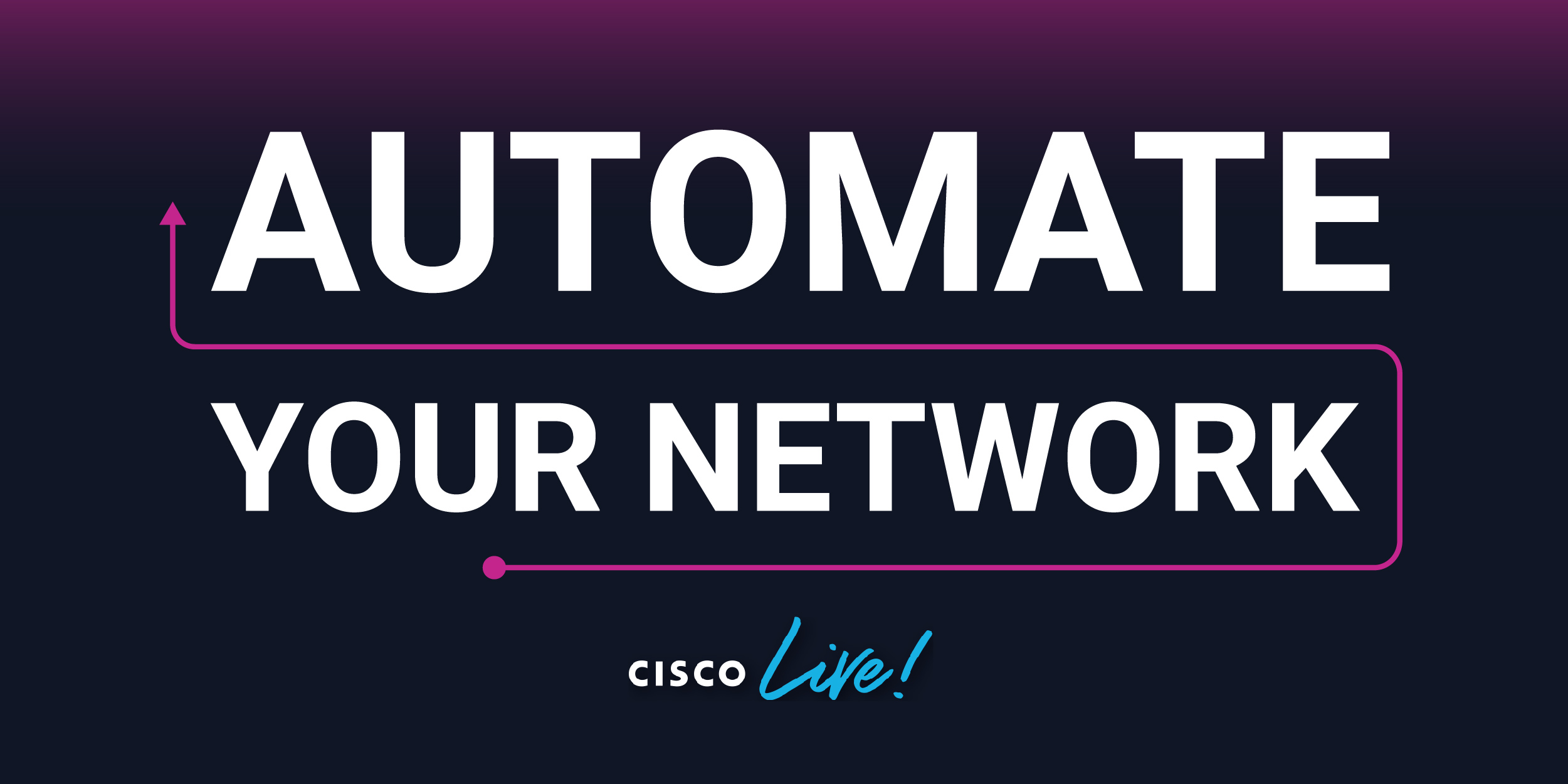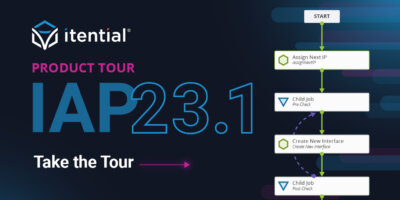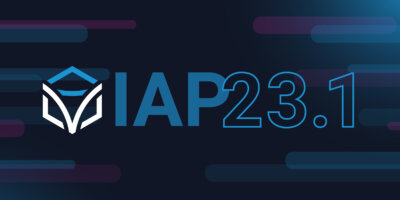Last week, our team had a fantastic and insightful time at Cisco Live, an event where I truly get to be the best networking nerd I can be. We showcased all the ways that Itential helps you #AutomateYourNetwork, and I had a lot of fun running demos and seeing positive reactions from teams trying to automate. Even more important, I got the chance to speak with hundreds of intelligent networking people, discussing new technologies and trading networking strategies.
Coming away from those conversations, I have three major observations about some common experiences networking teams are currently facing in the modern networking ecosystem.
Network Automation is no Longer Just an Aspiration, it’s a Necessity
This year, for the first time, people for the most part no longer asked me, “what is network automation?” Instead, I heard versions of, “how can you help our team progress our automation efforts,” or even, “I’m here because my boss wants me to figure out how to automate.” And we’re seeing this shift on a macro level too, with more companies than ever investing in large-scale network automation efforts.
All of that means there’s greater interest from team and organizational leaders in building robust, comprehensive strategies to implement automation for maximum success. While some people I spoke to were unfamiliar with automation, others were ready to talk advanced concepts like working with DevOps teams, adopting a NetDevOps approach, and treating network infrastructure as code. There seems to be a willingness to jump in and commit to a new degree, an effort which Itential is well-positioned to support.
The conversations I had at Cisco Live about this desire to automate had a wider and more forward-looking perspective than those I’ve had in past years, making it clear that the industry is progressing rapidly when it comes to network automation efforts.
Automation For More Than Just Routers & Switches
Another thing that made this progression clear was a real drive toward automation from the network engineers themselves, and in a new, specific way. I heard a great deal of questions about automating configuration and compliance for security devices like firewalls, whereas in previous years, engineers asking about automation focused mainly on configuration of the routers and switches themselves.
The ’why’ varied from engineer to engineer. Some were primarily concerned by the different compliance policies and configurations they managed across networks that were expanding across new domains and systems. Others seemed to be looking at security as a next step, after ‘proving’ the use of automation to themselves with routers and switches. But the pattern was clear. Configuration and compliance, a high volume of consistent, repeatable tasks, is a primary driver of automation support when you’re looking at the engineer level.
For those looking to automate these varied configuration tasks, there was a positive reception when I showcased capabilities of Itential’s Configuration Manager:
- CLI compliance capabilities for network devices.
- Including security devices, like firewalls.
- JSON compliance for API-based systems, especially for things like a Palo Alto controller.
- Management of distributed compliance policies across both API and CLI assets from one place.
The API compliance capabilities were new to many, but it’s a logical progression that seemed to land. When you’re talking about firewall configurations, for example, Itential can automate via CLI at the device level, but it can also talk to controllers via API to manage these devices. After introducing that, the next step is to manage compliance for all your API-based systems all together, right in the Itential platform.
I think this is a key space to watch—as network engineers become more comfortable with automating configuration and compliance, and as they familiarize themselves with API-based tools, it will become a lot easier for organizations to get team buy-in for a more comprehensive automation strategy.
Automation Exposure is Crucial to Teams’ Success
With two major pressures toward automation adoption, shared by many of the people I spoke with, there came another need: the ability to expose network automations to end users safely, making processes more efficient without compromising on network health or security.
I was glad to hear great responses when showcasing all the different ways Itential helps expose network automations so they can be consumed in whatever manner suits the end user(s) in question. Itential enables event-driven automation triggered by changes on integrated systems, pipeline-driven automation where individual network microservices can be called, application-driven automation requested from a platform, form-based automation, and more.
A major piece of many of my demos was the Itential ServiceNow App, which enables Itential network automations to be published to an organization’s ServiceNow environment to be requested by the IT team via self-service within the ServiceNow platform. This was especially important because of how many people shared pain points they experienced around integrating network automation with ServiceNow, including ticket management and script integrations. One person I spoke with asked me to show him a few times, to really confirm what he was hearing, and then declared that he “could kiss me” for this—evidently a crowd favorite.
That’s a funny moment, but it also goes to show—exposing automations in a way that fits your IT environment is a big deal. That’s how network teams can extend the payoffs of automation past their own team, and in a very practical sense, it’s a major way you can justify a network automation investment. Itential is committed to ensuring automation can be requested or triggered however an organization needs. Translation: we work with what you’ve got, instead of asking you to adopt something new.
Bonus: IAP 23.1 Excitement
Coinciding with Cisco Live, we released our latest version of the Itential Automation Platform, IAP 23.1. The enhancements include an all-new workflow building canvas that simplifies and speeds up the process of building automations, powerful new JSON compliance capabilities, and a lot more.
It was great to see people react so well to some of the new features after talking about their network automation goals and expectations. This made it clear that networking teams are looking for better, faster, and more efficient tools to help them navigate the three main focus areas I saw this year.
To learn more about Itential’s latest product release, click here. And to learn how to #AutomateYourNetwork from our experts, schedule time here.
Tags: CLI Hybrid Cloud Integrations





